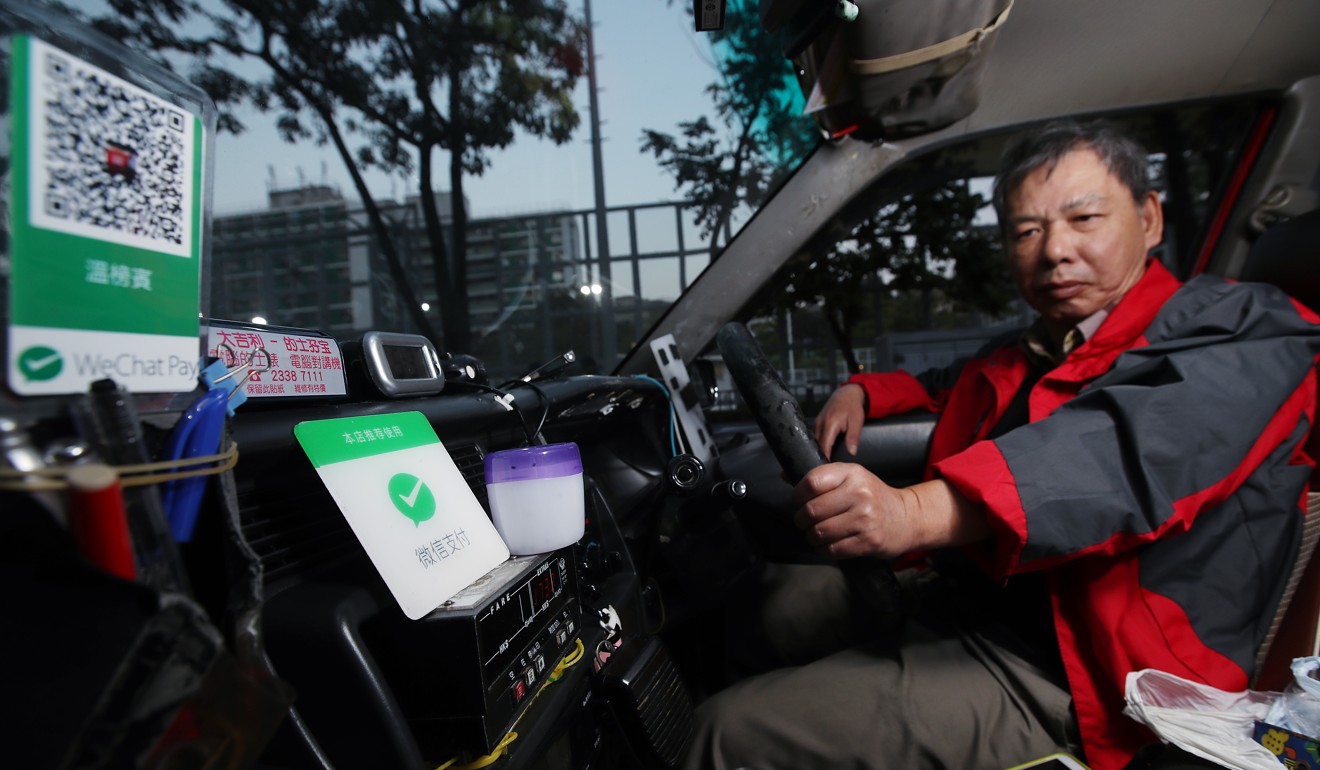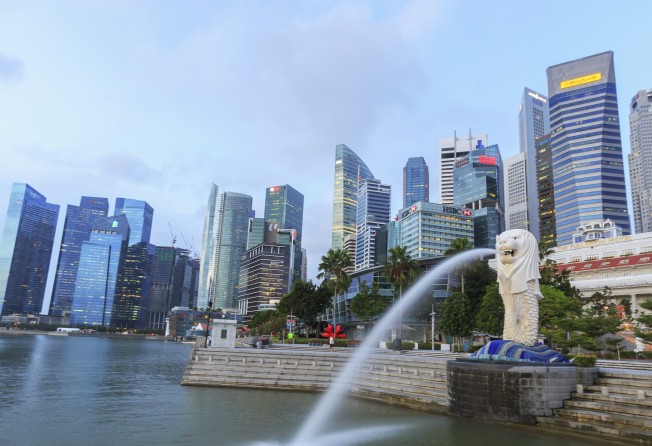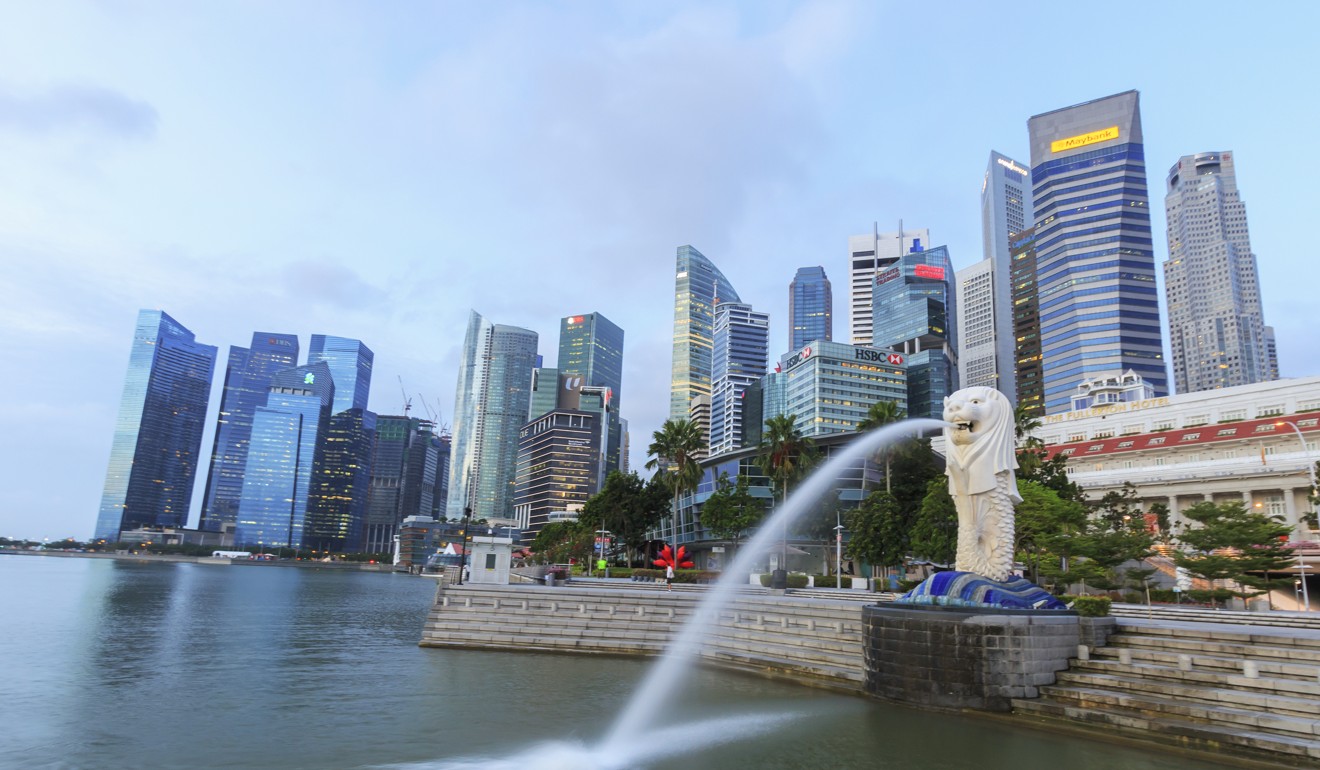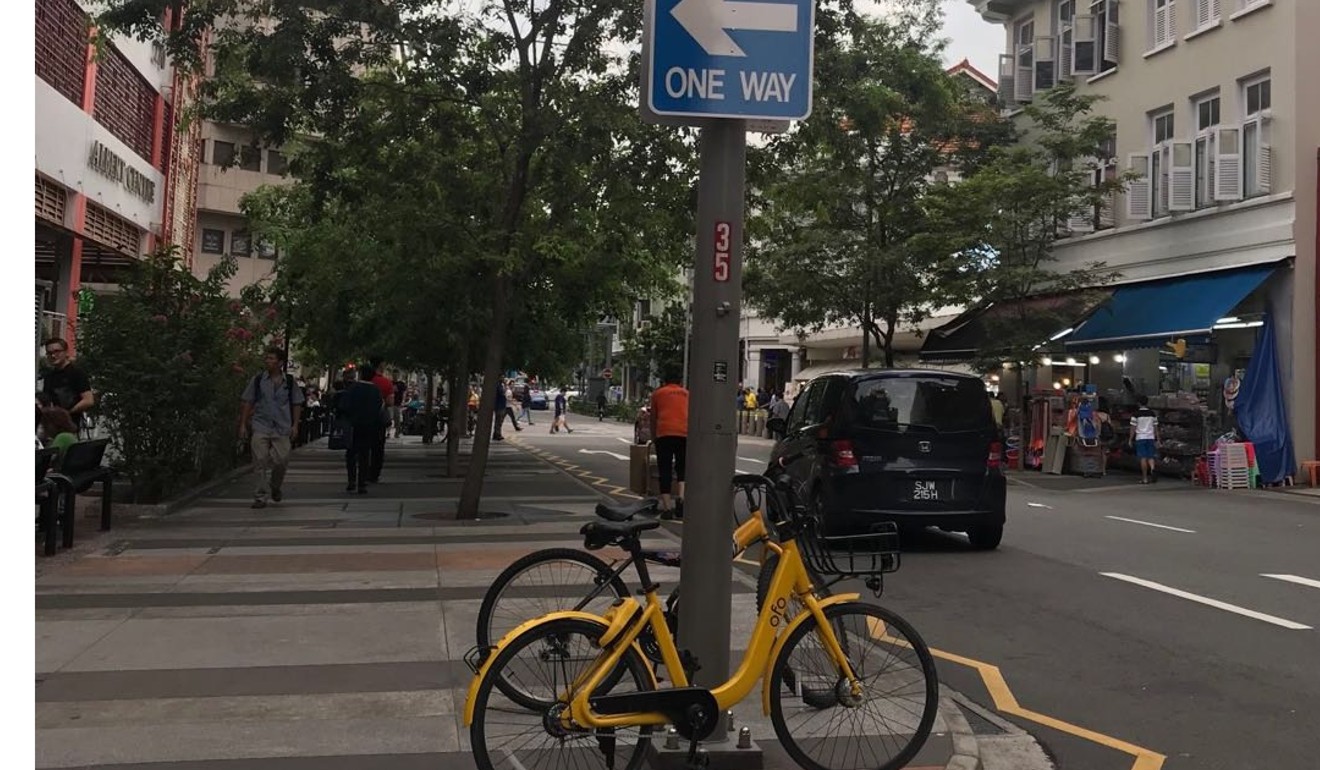
See how this reporter fares in Singapore using only Chinese mobile apps
For many Chinese shoppers, the experience is more important than cost

I was looking forward to an interesting trip as I landed at Singapore’s Changi International Airport after a four-hour flight from Shenzhen, China’s hi-tech hub in southern Guangdong province. The arrival hall was softly-lit, and a host of bilingual information signs made me feel instantly at ease.
The purpose of my visit was to attend a business conference on e-commerce and digital disruption in Asia-Pacific’s retail segment, but it would also involve some real shopping. As such, I wanted to gauge for myself the extent to which the digital-first shopping habits of mainland China consumers are being adopted in the Lion City.
According to figures from the World Tourism Organization, the number of Chinese outbound tourists grew by double digits as a percentage each year from 2002 to 2013 and by 2016 there were 135 million Chinese outbound travellers, a 6 per cent increase from 2015. In 2012, China became the world's top spender in international tourism and has remained so ever since. Tourism expenditure from China has exploded from US$24 billion in 2006 (three per cent of the world's total) to US$261 billion in 2016 (21 per cent of the world's international tourism spending).
Southeast Asian countries including Thailand, Singapore and Indonesia, remained top destinations for Chinese outbound tourists during the National Day holiday from October 1-7 in 2017, according to the China Tourism Academy, spurred on by the broader offering of visa-free or visa-on-arrival policies for Chinese tourists within Asean. But it’s not just the numbers that are interesting.
According to a 2017 report on Outbound Chinese Tourism and Consumption Trends, jointly issued by Nielsen and Alipay, for Chinese shoppers the “cost” of what they buy is far less important than the retail “experience”. And while the top three expenses of outbound China tourists included shopping, hotel rooms and dining out, according to the survey, 65 per cent of Chinese tourists used mobile payments on their most recent trip compared with 11 per cent for non-Chinese shoppers.
On stepping out of the airport, the initial experience was not good as my taxi driver told me neither of my Chinese WeChat Pay or Alipay payment methods would be accepted. The mobile payment apps, operated by China’s two biggest technology companies by market value respectively Tencent Holdings and Alibaba Group Holdings, are used everywhere in China to pay for everything from meals, to taxi fares and even medical appointments.
The taxi driver was nevertheless helpful. “Online payment is not acceptable but cash and credit cards are both fine,” he said, proudly introducing basic information about Singapore and recommended tourist attractions and restaurants on my way to the hotel.

On arriving at the hotel, disappointment again. WeChat Pay and Alipay were both rejected as acceptable payment methods by the enthusiastic receptionists. As it was already dark outside and I could see the queues growing at neon-lit bars and restaurants, I offered up my credit card instead and decided to check in without further fuss.
As I unpacked my case I reflected on the fact that it is little surprise that Chinese tech companies are jockeying for position in Southeast Asia, given that the region’s population of 650 million people remains largely untapped for digital uptake.
Tencent, China’s online gaming and social media behemoth, is the largest shareholder in Singapore-based Sea, one of Southeast Asia’s biggest gaming firms and which also operates Shopee, a regional e-commerce platform. Alibaba in 2017 agreed to buy a controlling stake in Singapore-based online retailer Lazada Group for about US$1 billion as China’s leading e-commerce company seeks to tap growing middle class affluence in the region. And it’s not just Chinese investors who are targeting the region as financing for Southeast Asia’s technology sector totalled US$6.3 billion across 422 deals last year, up from about US$300 million for 100 deals in 2012, according to data from venture capital research service CB Insights.
Alibaba is the parent company of the South China Morning Post.
Meanwhile Chinese ride hailing and internet services platforms Didi Chuxing and Meituan Dianping have invested in Singapore-based Grab and Jakarta-based Go-jek respectively, setting up a proxy rivalry in Southeast Asia to match their domestic battle for market share in China. Go-jek announced this month that it will open offices in Vietnam and Thailand as part of the “first wave of its international expansion”. Grab meanwhile operates in 217 cities in eight countries and has an installed base of 100 million and more than three million drivers.
The companies will be able to offer consumers across the region everything from motorbike taxi rides, food delivery, home cleaning, to massages and even pedicures, all through the touch of a button on their apps.

I felt hungry so decided to find the nearest 7-Eleven store to buy some snacks. I had to use the Google map on my smartphone as neither of the most popular Chinese digital mapping service operators, Gaode and Baidu, worked. On finding the store, the salesgirl became flustered when I asked if they accepted WeChat Pay or Alipay.
She turned to her colleagues and asked them if they knew what WeChat Pay is. They in turn stared at their smartphones before shaking their heads to indicate no. I paid for the snacks in cash, but will suggest to my friends next time they visit Singapore to bring their credit cards, as I had to pay S$5 (US$3.65) each time I withdrew money from an ATM in the city state. The traditional Visa or MasterCard is just as necessary in Singapore as in the rest of the world.
As I walked back to my hotel along Bencoolen Street under the lush canopies of a row of neatly-cut trees, out of the corner of my eye I spotted a notice in the bottom corner window of a low-key Chinese restaurant, announcing “Alipay is acceptable”. I hurried inside and chatted with the manager who was clearing up some tables.
“Most Chinese visitors like to pay by scanning a QR code and Alipay can automatically do the currency exchange,” said the restaurateur who has lived in the city for 18 years. “While WeChat Pay does not work in the restaurant, if you really want to pay by WeChat, I have a personal QR code that you can scan and I can give you an exchange rate at 1:5 (S$/RMB). Obviously, that’s not very cost efficient though.”
Next morning, I got up early to attend the Consumer Goods Forum at the Marina Bay Sands, which was being attended by senior executives from China's top e-commerce players, such as Alibaba and JD.com, among other retail operators and institutional investors. I had planned to walk to the local MRT station, Singapore’s metro system, to get there.
However, to my surprise I found a bike from the Beijing-based ofo bike rental service propped against the gate of my hotel. I opened the app to scan the QR code, just as I do in China, and hey presto the bike was unlocked. However, after five minutes of riding I decided to disembark as there were no clear bike routes and I couldn’t see where I was going to park easily.

Unlike the situation in China, where huge piles of bicycles can be seen strewn across streets, Singapore rental bikes were placed at discrete intervals along public walkways. This is because rules-conscious Singapore has directed all dockless bike-sharing service providers in the city state to modify their mobile apps and adopt “geofencing”, a system designed to address the problem of illegally parked and misplaced bicycles.
On the roads, taking a taxi in Singapore can be expensive compared with China but the service quality is high. I took a Grab ride from Marina Bay Sands to my hotel in Middle Road, which cost around S$20 (US$14.5). The distance was around 3km and a similar journey in Shenzhen would cost about 15 yuan (US$2.3) with a Didi ride by comparison.
I found Grab user-friendly: the registration can be done within a minute with a phone number and email address. There is no need for an ID card or bank card to be connected with the app because cash is acceptable to the drivers. The invoice was sent to my email when the trip ended.
When I opened Grab, the app automatically put a fix on my location and I was able to communicate with the incoming driver to let him know where I was standing. It’s a similar feature to that offered by Didi in China, except the language was English rather than Chinese and the driver picked me up in a very snappy two minutes.
However, the driver pointed out a few flaws. “The location you fixed on Grab was actually wrong, Miss. Sometime, the app cannot identify the location correctly and you have to set the pickup point by yourself, but it is often difficult for Singapore visitors to do this as they are new to the city,” said the driver. Users of Didi sometimes face the same problem in China, and have to manually adjust the pickup place on the app map.
It took me only 10 minutes to return to my hotel and as I was hungry I decided to use a food app to look up some recommendations about where to sample local dishes, such as Bak Kut Teh and fried carrot cake. I downloaded Burpple, a Singapore-based food discovery service operator, but found the front page crowded and too confusing. So I tried US-based Foursquare instead, and while not too confident about their local food expertise, at least I found their interface clear.

For those who really prefer Chinese food and can’t read English, unfortunately China’s giant Meituan-Dianping app barely works in Singapore. It also pointed me to a grilled fish restaurant that was neither tasty or value-for-money.
My journey to Singapore ended on a high though, as Changi Airport’s duty-free lounge proved to be very mobile-friendly. I found nearly all my favourite cosmetics brands there and both Alipay and WeChat Pay were accepted.
The sales people were also very helpful. “By scanning the QR code and following our WeChat official account you can save 100 yuan today. Alipay and WeChat Pay are taking turns to offer coupons in the airport,” said a sales girl who was able to tell me the equivalent price in Chinese yuan for all products.
So mobile payments and e-commerce penetration have begun in Singapore but there’s a lot further to go. I wonder how much things will have changed by the time I take my next trip and which companies will be taking the lead.